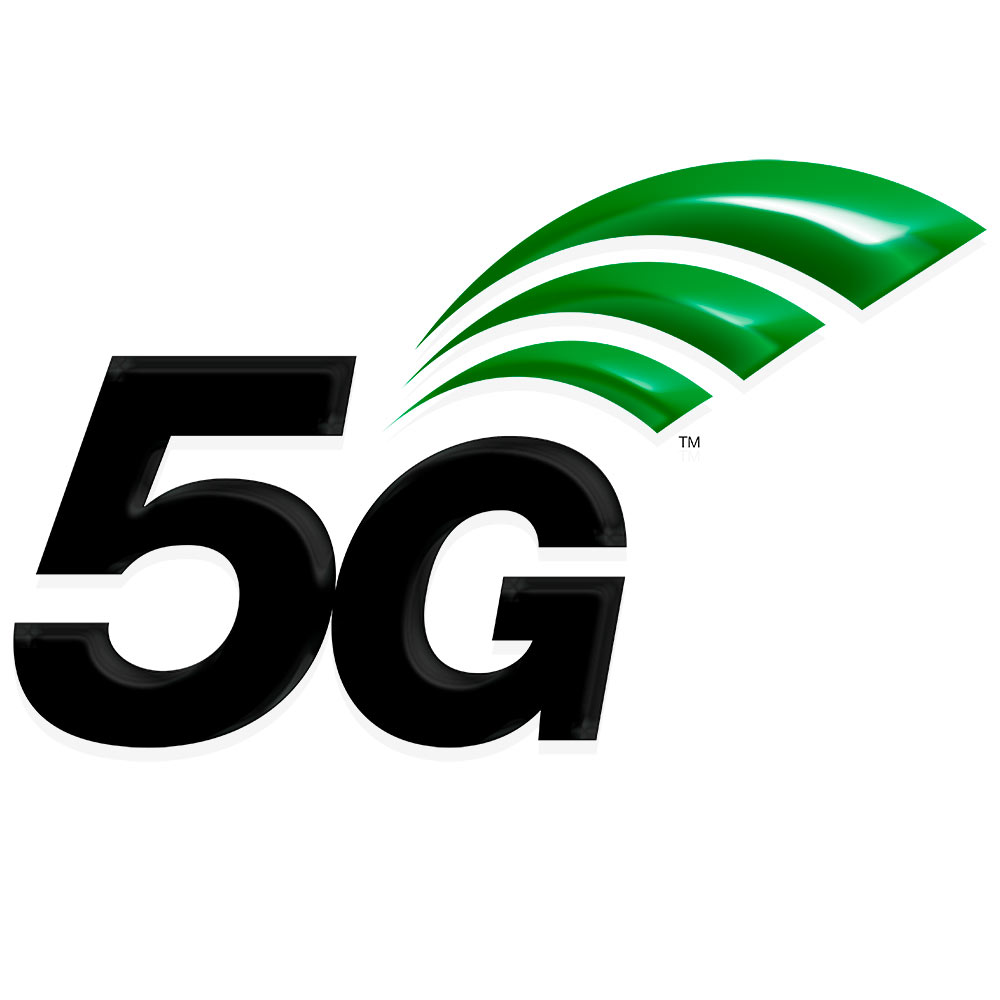You’re probably aware that your smartphone runs on either a 3G or 4G network, although you may be a little fuzzy on what those terms actually mean. You may even be aware that there’s a lot of talk about “5G” at the moment, again without being totally across the potential of a 5G future.
When mobile telecoms operators talk about any number suffixed with a G, what they’re referencing is the generation of mobile technology that it belongs to. The first generation of mobiles brought us mobile calling, while 2G ushered in the world of text messages. 3G was when mobile data started to really matter, while 4G pumped up the data speeds, although a lack of worldwide certification means that the 4G you get somewhere like the USA could have wildly different speeds to the 4G you might see in the UK, Japan, Australia or China. Different providers can (and have) called different bands and technologies “4G”, and while more modern handsets and mobile data aware devices can generally talk across 4G networks if you travel, your speed and connection experiences can vary massively.
5G, the fifth generation of mobile networks is being coordinated much more closely than 4G in an effort to make the experience of 5G a lot more standard worldwide. That’s especially important as it’s intended to be the connection standard for the so-called “Internet of Things”, a term used to define a vast array of mobile-data-aware sensors, smart devices and controllers that should be able to do everything from control your smart home gadgets to monitoring the progress of an autonomous crop harvesting machine in the middle of remote farmlands. At least, that’s the theory.
Most pundits have been picking 2020 as the date that we’d see the first 5G networks, but it now seems likely that in some locations, 5G services will start to be offered from 2019. Those rollouts, set to start in countries such as Australia and South Korea are likely to be smaller scale and confined largely to business users at first.
It’ll take some time for 5G to become purely global, although research by Ericsson suggests that consumers expect to be connecting to 5G within 3 to 4 years of general network availability.
Aside from the interconnected nature of 5G devices, the expectation there is that we’ll see much faster connectivity, with Ericsson’s research indicating that most of us are more willing to pay for that than we are, for example, 5G-guided drone deliveries, 3D hologram calling or self-driving 5G-guided vehicles. Mind you, all of those are features that 5G network makers are pitching as part of our 5G future, because the higher speeds and expected robustness of a 5G network should allow for features that existing 2G, 3G and 4G networks simply can’t handle.
There are still some large scale network building challenges for providers to meet before we’re all sending each other holograms, Star-Wars style, though, not to mention the challenge of new devices. If you’ve just bought a 4G phone, or you’re still happy with the one you’ve got, you don’t need to fret, however. Even now, telecommunication providers are all happily stating that they’ll build 5G on top of 4G networks, and it’s expected that the first 5G devices will have 4G fallback capabilities regardless.




